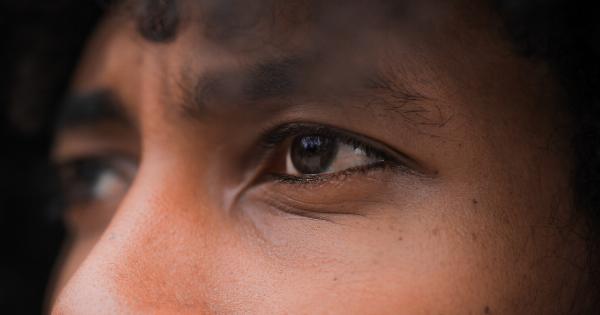Weightlifting is a popular athletic activity which offers many benefits such as increased muscle strength, bone density, and longevity. However, weightlifting is not without its risks, especially for those suffering from glaucoma.
Glaucoma is a condition that affects the eyes and can cause irreversible damage to the optic nerve, leading to blindness. For those with glaucoma, weightlifting can be a risky proposition. Let’s delve into why.
What is Glaucoma?
Glaucoma is a group of eye diseases that damage the optic nerve. The optic nerve is responsible for transmitting visual information from the eye to the brain. When the optic nerve is damaged, blindness can occur.
Glaucoma is often caused by high intraocular pressure (IOP), which is the pressure inside the eye. In some cases, glaucoma can develop even when the IOP is within the normal range.
Why is Weightlifting Risky for Glaucoma Sufferers?
Weightlifting involves repetitive increases in intraocular pressure (IOP) which can be harmful to glaucoma sufferers. The Valsalva maneuver is a common technique used in weightlifting which involves holding your breath and bearing down.
This maneuver can cause a significant rise in IOP which can be detrimental to those with glaucoma. Studies have shown that a single bout of exercise like weightlifting can cause IOP to increase up to 75%.
Precautions for Glaucoma Sufferers When Weightlifting
While weightlifting may be risky for glaucoma sufferers, it may still be possible to participate in this activity with precautions. Here are some tips for glaucoma sufferers when weightlifting:.
1. Avoid the Valsalva Maneuver
As noted above, the Valsalva maneuver is a common technique used in lifting weights that can cause a significant rise in intraocular pressure. Avoiding this maneuver can significantly reduce the risk of damage to the optic nerve.
2. Limit the Weight and Intensity
Glaucoma sufferers should consider limiting the weight and intensity of weightlifting workouts. Doing so will lessen the risk of significantly increasing intraocular pressure, which can cause damage to the optic nerve.
This is especially important for those with advanced glaucoma.
3. Monitor Intraocular Pressure
Regular monitoring of intraocular pressure is an essential step in managing glaucoma. Glaucoma sufferers who want to continue weightlifting should have their eye pressure monitored regularly.
If eye pressure increases significantly, it may be necessary to modify or stop the weightlifting routine entirely.
4. Opt for Other Forms of Exercise
If weightlifting poses too much of a risk for glaucoma sufferers, there are other forms of exercise that can be safer.
Low-impact activities like walking, swimming, and cycling can provide similar health benefits without the risks involved in weightlifting.
Conclusion
While weightlifting is a popular athletic activity with many health benefits, it can be a risky proposition for those suffering from glaucoma.
The repetitive increases in intraocular pressure can be detrimental to the optic nerve and cause irreversible damage, leading to blindness. However, with proper precautions, glaucoma sufferers may still be able to participate in weightlifting. It’s essential to follow the tips above and work with a healthcare provider to ensure that weightlifting is a safe activity for you.






























